Buy or gift a stand-alone digital subscription and get unlimited access to dozens of back issues for just £18.99 / $18.99 a year.
Please register at www.exacteditions.com/digital/cornucopia with your subscriber account number or contact subscriptions@cornucopia.net
Buy a digital subscription Go to the Digital EditionChristian Tyler, author of Wild West China, The Taming of Xinjiang, assesses Ergun Çağatay’s extraordinary volume of photographs of the wider Turkic world
Mustafa Kemal, father of modern Turkey, was invited to a reception at the German embassy, where he congratulated the excavator of the Hittite capital of Bogazkoy on recovering the remains of his people’s ancestors. The German archaeologist was just about to protest when a kick from his ambassador changed his reply to a simple: ‘Yes, Your Excellency.’
Atatürk was not being naive, writes Richard Frye, author of the anecdote and one of the thirty-four Turkish, Russian and Anglophone scholars who have contributed to this magnificent book. The Hittites were just as surely ancestors of modern Turks as were the Turkic nomads who began moving into Anatolia after the first millennium. see The Battle of Manzikert
What is a Turk? The title of this tome (it weighs nearly three kilos) has been carefully chosen. For its central hypothesis is that the question cannot be answered, except with propagandist falsehoods, and is therefore largely useless. As a contributor notes, the name “Türk” itself appeared only in the sixth century AD, and then in Chinese documents.
Turkish nationalism - the idea that there is a pure ethnic type or a pure Turkish language - is an even more recent invention: the ideology developed in the nineteenth century and the claim to a territorial empire (pan-Turkism) only in the twentieth. Ergun Çagatay, the Time/Life photographer whose marvellous pictures engendered this project, became convinced after ten years spent travelling in Central Asia that the adjective ‘Turkic’ was not only synthetic, but actually divisive. Nationalist zeal already had a sour taste for him: he had spent months in hospital with severe burns after being caught in an Armenian terrorist attack at Orly airport in July, 1983.
Yet there are 135 million people who speak a Turkic language. What is so striking - almost as if to confound the multi-ethnic thesis – is the unity of those languages, and the similarity of the peoples’ character and customs in spite of the enormous distances which separate them, from Yakutia in eastern Siberia to the Balkans, see Cornucopia Issue 30 The Turks of Thrace and Iraq see Cornucopia Issue 29 Kirkuk, to Frankfurt and London’s Finsbury Park.
The scholar Talat Tekin identifies a dozen Turkic linguistic groups, most of them mutually intelligible to a high degree. Only four - Chuvash, Yakut, Tuva and Khakas - are mutually incomprehensible, even to each other. Co-editor Dogan Kuban observes that the Turkish word bir (one), is the same from Turfan to Istanbul, while Western Europe has many variants: one, ein and un. There are common character traits, too, says Cagatay, possibly derived from a common nomadic past: Turkic speakers tend to be reserved, suspicious, quick to anger, but resilient. Even their body language is similar. They also share, even in Muslim communities, a respect for the equality of women.
Mention of Islam reminds us that most Turkic speakers are Sunni Muslims. Yet there are shamanists too, Buddhists, Christians and even – in the Karaim of Lithuania – Jews. Religion can cut both ways. Where Islam enjoys political power it can become regressive and intolerant; but where it does not it helps preserve the people’s cultural identity (rather as Catholicism did in Soviet-controlled Poland).
This book, then, is a supranational history of symbiotic relationships, cultural mergers and collisions created by nomadic Turks who emerged from the Siberian-Mongolian borders and were, in the words of one writer, ‘probably the most dynamic agents of world history’. It describes the mutual impact on the Chinese, Persians, Slavs, Arabs and Greek Byzantines. A separate chapter is devoted to the Turco-Mongol connection, see Cornucopia Issue 37 Genghis Khan where we are reminded that the Moghul emperors of India were actually Turks; and two chapters relate the fascinating story of the Tatars and the Volga Bulgars before and after their defeat in 1552 by Ivan the Terrible.
If it is proper to see the Turks as an unavoidably hyphenated people, like Afro-Americans or Anglo-Indians, it is simpler to understand them in two broad categories – nomad or sedentary, see Neal Ascherson’s Black Sea mountain people or valley dwellers - rather than struggle with the myriad names they have used over time. Naming and classifying can have paradoxical consequences. The Soviets’ artificial division of central Asians into five “nationalities” created animosity between them after the fall of the USSR. The same has happened in western China.
This book is not all hard work. There are some delightful excursions. Chapters on cuisine, for instance, prove that the view from the kitchen is historically very helpful. We learn also that the infant Genghiz Khan was reared on wild fruit, wild onions and lily-root porridge, and there are recipes; see A Soup for the Qan, including one for ‘Noah’s Pudding’. Other subjects covered include epic poetry, the Kazkh yurt, arts, crafts and architecture. There is not, however, much on music; see Cornucopia Music
The contributors have achieved what the blockbuster exhibition, Turks, at the Royal Academy in London three years ago, see Cornucopia Issue 33 - magnificent though it was - could not do. They have traced and explained the cultural loans and debts of the nomadic phenomenon. The scholarly differences between authors are instructive (who were the Magyars? Were the Huns Turks?). And if their contributions sometimes overlap, that is no bad thing in a topic so complex.
As for the pictures, they are a feast for the eye, pages on which the reader can rest from poring over the (rather too small) print of the text. We see not only ‘ethnic’ pictures of Askhabad’s desert market or the old game of boskashi (a mounted struggle for the carcass of a goat) see Cornucopia Issue 36 Sykes in Turkestan, but stunning shots of people, objects and buildings, some of them since destroyed.
The world depicted here is vanishing, of course. The destruction that totalitarianism began, globalisation unfortunately seems set to continue. But then destruction has always been part of the nomad story. This book should not only excite anyone interested in the history of Eurasia; it should help mobilise support for the preservation of a vibrant non-European culture.’
Christian Tyler is the author of Wild West China and the feature The Turks of China in Cornucopia 31
The çörek is full of symbolism, and its association with religious festivals reflects earlier pagan customs. All sorts of buns, loaves and çörek are eaten at Sabantoy, the colourful June festival celebrated by the Altay, Çuvaş, Tatar and Başkurt peoples of Central Asia.
More cookery features
Heath W Lowry, in the first of a series of articles this issue, pays tribute to the city that gave the Ottoman state its first capital.
John Carswell on the city that married the courtly arts of Asia to the princely aspirations of Renaissance Europe. Photographs by Jürgen Frank
No day passes in Turkey when horses are not racing – and when it comes to prize money the country now leads the field. Donna Landry visits Karacabey, the national stud near Bursa, with the Ottoman historian Caroline Finkel and discovers an equestrian paradise
As Bursa lay in ruins after the earthquake of 1855, the man the Sultan sent to rescue the city was Ahmed Vefik Pasha. A brilliant man of letters, champion of Ottoman causes and very undiplomatic diplomat, he was to leave an indelible mark on Turkish culture. David Barchard reinstates a wayward hero.
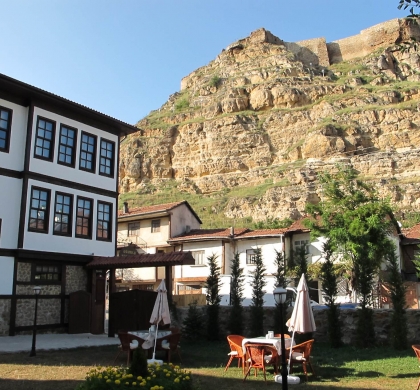
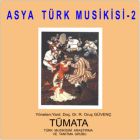
TÜMATA The Traditional Turkish Music Research and Promotion Society, Dr Rahmi Oruç Güvenç
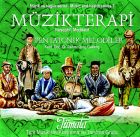
TÜMATA The Traditional Turkish Music Research and Promotion Society, Dr Rahmi Oruç Güvenç

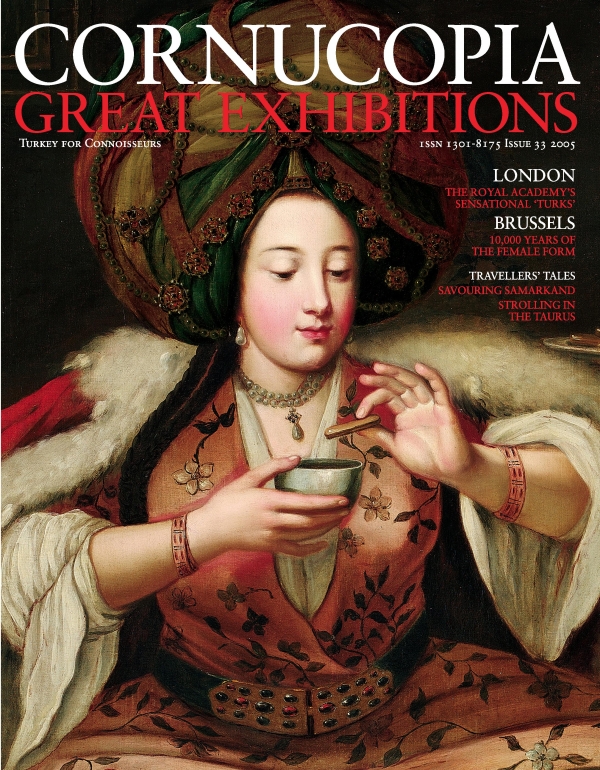
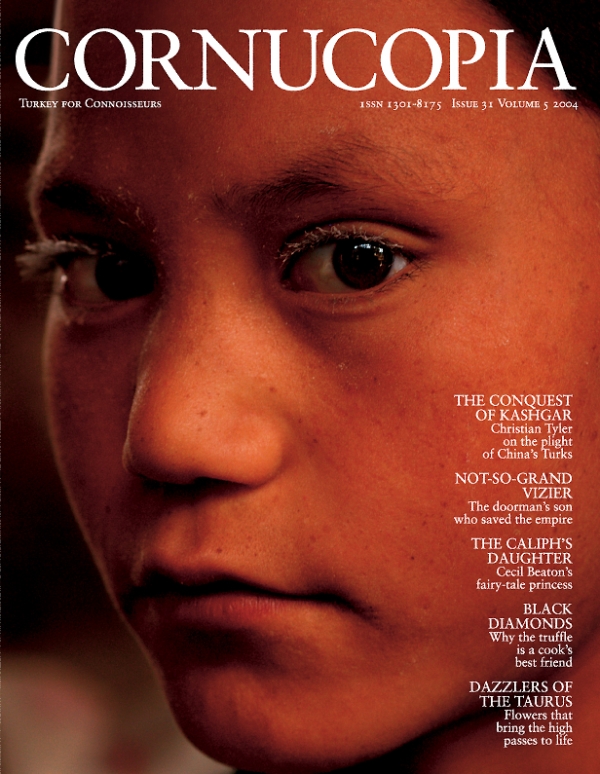

Cornucopia works in partnership with the digital publishing platform Exact Editions to offer individual and institutional subscribers unlimited access to a searchable archive of fascinating back issues and every newly published issue. The digital edition of Cornucopia is available cross-platform on web, iOS and Android and offers a comprehensive search function, allowing the title’s cultural content to be delved into at the touch of a button.
Digital Subscription: £18.99 / $18.99 (1 year)
Subscribe now